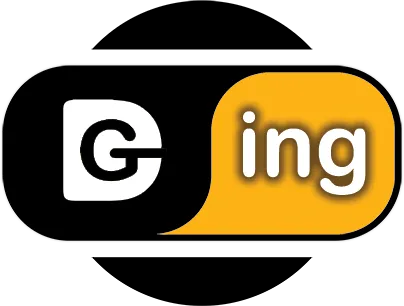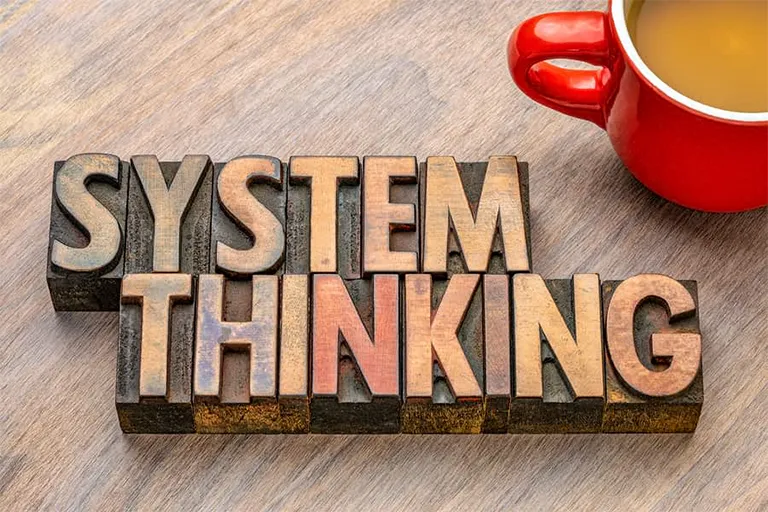Henry Mintzberg and Michael Porter are both leaders in the field of management and strategic planning, and of course their articles and writings have been among the most influential and relevant in the field of strategy. In addition, the issue of strategy is also considered an attractive and important issue. Not only for the manager making decisions about the future of their organization, but for anyone reading this today who wants to make big decisions about their life path.
But anyway, there are two different views in the field of strategy. One is the point of view that prefers to plan everything in advance and go through the steps step by step and write a long copy for the individual or the organization, and the other is the point of view that believes that the uncertainty in the surrounding environment is more than it can be planned with this certainty. He did strategic planning.

It is natural that this division is not zero and one, and there are other views in the middle of this spectrum and even outside of this spectrum, but in order to define the boundaries of the strategy playing field in this field, I try to define the extreme and extreme state of each Check the view.
With some tolerance, many strategists and scientists can be included in each group. Perhaps one of the most famous strategists of the first group is Michael Porter. In the second group, it is difficult to find a better example than Henry Mintzberg.
One of the most beautiful comparisons between these two attitudes was made by karl Moore . He has executive management experience at the senior levels of IBM, as well as teaching experience at Oxford and London Business School and McGill in his portfolio, and according to his own interpretation, he has taught and experienced both schools of thought, in an article in Forbes. , compared these two views.
The word that Mintzberg puts forward against the formal and rigid style in strategic planning is Emergence. Emergence means emergence. Sometimes we see a peak on a clear day and move towards it. We can see all the way and understand whether we are approaching the peak or moving away from it.
Sometimes, in the dark night, with a lamp in hand, we see ourselves a few meters ahead. We move and when we get closer, another part of the path appears again, or Emerge in English. Now at the end of the path, we see what the path was. We may even forget the ambiguities of the middle way and explain to others how we guessed this path intelligently at the beginning of the path and in that darkness and difficulties!
As the figure drawn by Mintzberg in the above diagram shows. Mintzberg believes that, however, the final form of strategy – as it is implemented and observed – is not necessarily exactly the same as the initial form of its design. Just like the strategic case decisions at the beginning, they do not specify how the final point and the grand strategy will emerge .
Karl Moore says in the definition of strategy in the Mintzberg model:
When we talk about the emergence of strategy, we mean a set of decisions and behaviors that are consistent over time. However, a clear and definitive framework has not been determined for them before.
Carl Moore explains that he has been working with Mintzberg for many years and usually teaches Michael Porter’s theory in Mintzberg’s classes and then Mintzberg tells his own theories. He goes on to shrewdly explain – in Porter’s critique – that in recent years, students and administrators in the classroom have accepted Mintzberg’s words more than he did.
He talks about crises and great changes and developments in the world and quotes an interesting sentence: They used to say that it is a white swan, and when they wanted to talk about an exception with a low probability, they said: This happening is like seeing a strong black! But now there are moments when every strong person you see is black!
Do these words mean that the traditional view in strategic planning is no longer applicable? Shouldn’t we plan anymore? Should we be satisfied only with strategic decisions so that according to Mintberg, strategy emerges gradually?
Not necessarily, explains Carl Moore. It is still possible to plan. You can still aim. But we must remember that in the developments of today’s world, maybe defining those five-year and even two-year visions, those long-term plans, are less useful.
Perhaps today strategic flexibility is a more important concept than strategic planning. Today, even the boundaries between industries have become more blurred and fluid. Many simply cannot even explain what industry they are in. Accordingly, industry analysis will be more difficult. Now the value creation chain in business is formed beyond the borders of a company. We may even cooperate with our competitors in some areas of our activity or our value chains may have common links.
Carl Moore cleverly ends his speech in this way:
When I see Porter in America and Mintzberg in Canada, both think and talk about the health and health system or follow the discussion of social responsibility and creating a new balance in society, I am happy that despite all the differences, this is still Two prominent minds are present and their thoughts and analytical powers are not retired and they follow the same concerns that are the challenges of today’s world.
Usually, every person who makes decisions for his own life and every manager who makes decisions for his organization has so much information about past trends and events as well as current conditions that it will not be so easy for him to include them in a model. According to Malcolm Gladwell, too much information leads people to make intuitive decisions. The result of this decision-making style , both in the business environment and in personal life, will be closer to the Emergence space described by Mintzberg.
It seems that the external consultants of organizations that provide consulting services to companies and businesses, practically, in order to be able to get a contract and define a consulting project and provide phasing, they have to move towards more rigid and framework models. In addition, having a model is considered as a kind of supporting argument for proposed plans and decisions (exception in these cases are great people such as the late Drucker or Gary Hamel and other people whose names are so prestigious that their recommendations can be trusted without providing a framework or even an argument model be).
Darter framework models such as Michael Porter’s approach, along with helping strategic decisions in organizations, have added new words and concepts to the strategy literature, which is a valuable service. Any knowledge that develops requires a wider range of vocabulary and terms that convey shorter and more precise messages and facilitate thinking in that area.
Concepts that we don’t have a “word” to think about yet, practically quickly leave the field of thought of our thinking.
Finally, I would like to share my opinion on this matter with you by mentioning an example.
In total quality management, we have a concept called “continuous improvement cycle” or iterative. This cycle is not only used in product design or organization design. Rather, the “emerging” view is actually the same view of “gradual and permanent improvement and correction” that shows itself in this way in formulating a strategy .
As in the “continuous improvement cycle”, we should start the improvement process after the release of the first version with the minimum deliverable value, and continue to improve the product permanently according to consumer feedback , etc. In formulating a strategy, we need to formulate a basic strategy from zero to 100, but we must maintain our view of constant improvement and change based on the emerging model to the basic strategy, and we must consider the basic strategy definitive and unchangeable. Otherwise, there is a risk of the organization getting stuck in the “cooked frog” syndrome.
Finally, I will be happy if you write your opinion here.
Which space are you closest to? Short-term strategic decisions. Short-term plans and trying to modify and change them along the way? Or long-term planning and defining the macro vision and developing frameworks to achieve it?













